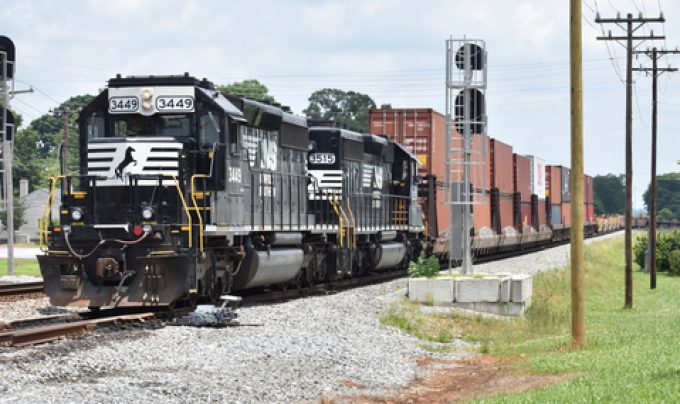Risk from longer freight trains highlighted as NTSB sums up Ohio derailment
As US National Transportation Safety Board (NTSB) members gather in East Palestine, Ohio, today to ...

The heat is piling up on Class I rail companies after yet another Norfolk Southern (NS) train derailed in Ohio, barely a month after the catastrophic derailment of a 150-car NS train in the state.
That incident saw 38 rail cars come ...
Predatory rivals circle as the ripples from DSV's Schenker buy widen
MSC Elsa crew face criminal probe, as Wan Hai 503 firefighters battle on
Latest Israeli attack on Iran a threat to box ships in Straits of Hormuz
Industry concerns rise after yet another box ship on fire off Indian coast
'It's driving us mad', say forwarders as US court fails to end tariff turmoil
DHL Express facilities in Canada forced to shut down by strike
European port congestion easing – for now
More legal trouble in India for MSC: feeder vessel detained after box ship disasters

Comment on this article